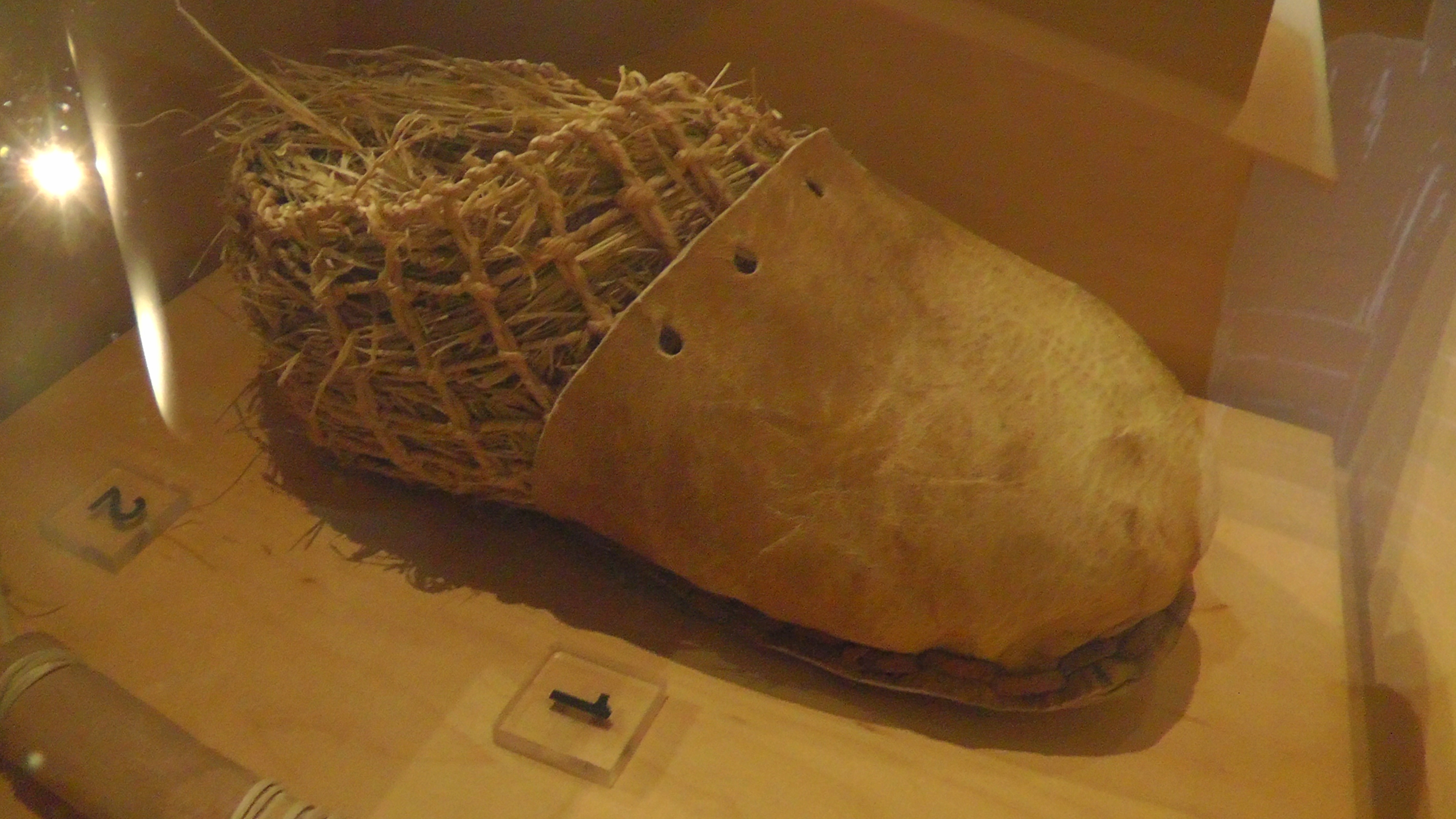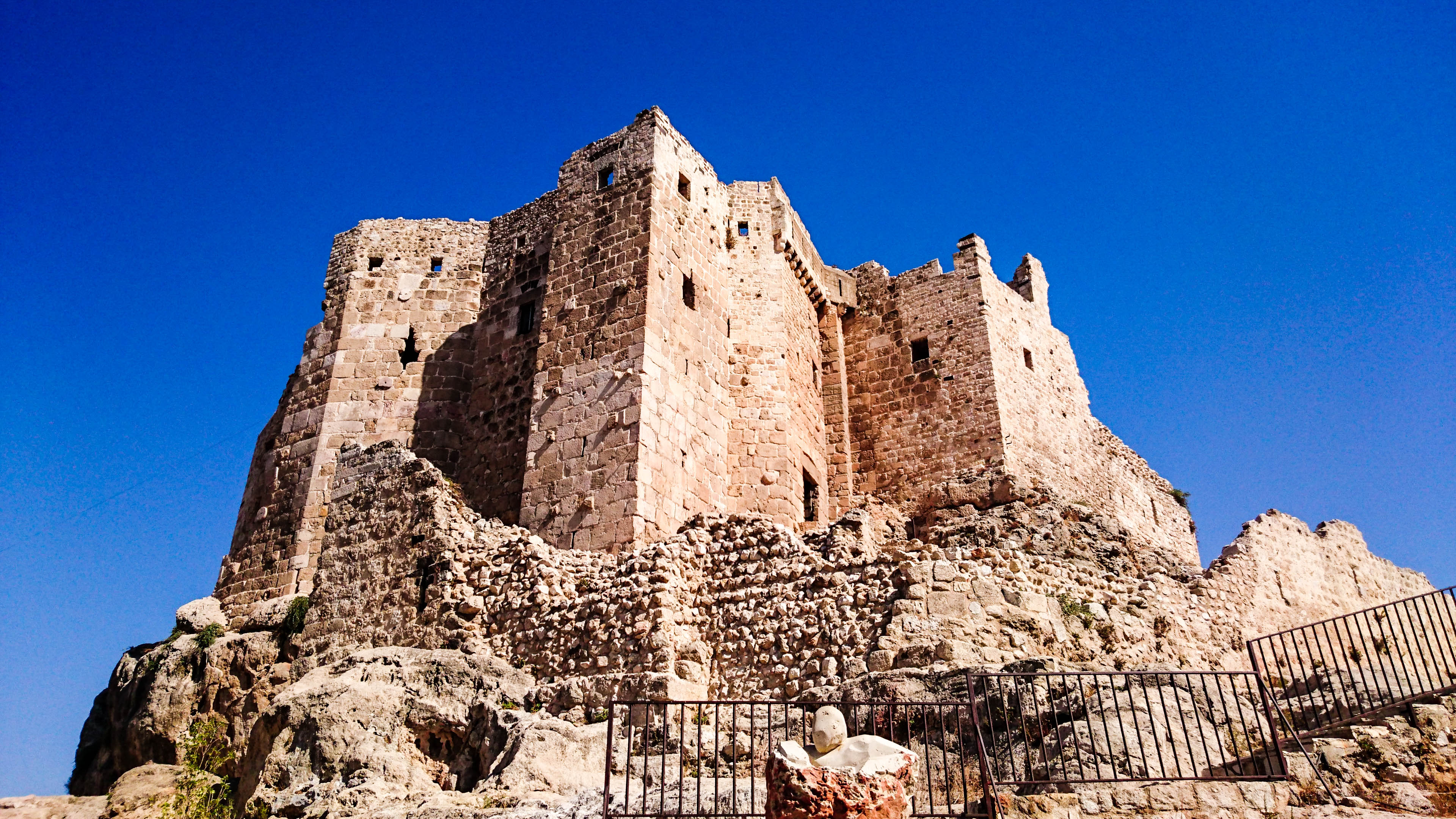|
List Of Unsolved Murders (before 1900)
This list of unsolved murders includes notable cases where victims have been murdered under unknown circumstances. Before 1800 * Ötzi, (~45) 3350 to 3105 BC; also called The Iceman, he was presumably a high-altitude shepherd from Anatolia. He was killed by an arrow to his left shoulder. He was found on 19 September 1991 by two German tourists. *The Gebelein Man (18–20), one of six naturally mummified bodies dating back to 3400 BC found in 1896 in Egypt, is suspected to have been murdered, because a 2012 CAT scan determined that there were puncture wounds on his body. As with most things surrounding the mummies' lives, his murder remains a mystery. * Bog bodies are a numerous class of people who had been violently killed from prehistoric times into the Middle Ages. The victims had subsequently been dumped in swamps where they were naturally mummified. It is unclear whether the bog bodies were sacrificed, executed, or murdered. Notable examples include the Bocksten Man, the ... [...More Info...] [...Related Items...] OR: [Wikipedia] [Google] [Baidu] |
Ötzi
Ötzi, also called The Iceman, is the natural mummy of a man who lived between 3350 and 3105 BC. Ötzi's remains were discovered on 19 September 1991, in the Ötztal Alps (hence the nickname "Ötzi", ) at the Austria–Italy border. He is Europe's oldest known natural human mummy, offering an unprecedented view of Chalcolithic (Copper Age) Europeans. Because of the presence of an arrowhead embedded in his left shoulder and various other wounds, researchers believe that Ötzi was killed by another person. The nature of his life and the circumstances of his death are the subject of much investigation and speculation. His remains and personal belongings are on exhibit at the South Tyrol Museum of Archaeology in Bolzano, South Tyrol, Italy. Discovery Ötzi was found on 19 September 1991 by two German tourists, at an elevation of on the east ridge of the Fineilspitze in the Ötztal Alps on the Austrian–Italian border, near Similaun mountain and the Tisenjoch pass. When t ... [...More Info...] [...Related Items...] OR: [Wikipedia] [Google] [Baidu] |
Dagobert II
Dagobert II (; ; died 679) was a Merovingian king of the Franks, ruling in Austrasia from 675 or 676 until his death. He is one of the more obscure Merovingians. He has been considered a martyr since at least the ninth century. None of the narrative histories of the Merovingian period give an account of Dagobert's reign, which must be reconstructed from several different sources. Upon the death of his father in 656, he was deprived of the succession and exiled to Ireland to live as a monk. His return to Austrasia was arranged by Wilfrid, bishop of York. He ascended the throne during the civil war caused by the assassination of Childeric II in 675. During his brief reign, he was at war with Neustria, signed a peace treaty with the Lombard Kingdom in Italy and reintroduced gold coinage. The near-contemporary '' Life of Wilfrid'' portrays Dagobert as a tyrant who antagonized the bishops and imposed new taxes. He was assassinated by a conspiracy of the highest nobility and was succee ... [...More Info...] [...Related Items...] OR: [Wikipedia] [Google] [Baidu] |
Thuringia
Thuringia (; officially the Free State of Thuringia, ) is one of Germany, Germany's 16 States of Germany, states. With 2.1 million people, it is 12th-largest by population, and with 16,171 square kilometers, it is 11th-largest in area. Erfurt is the capital and largest city. Other cities include Jena, Gera and Weimar. Thuringia is bordered by Bavaria, Hesse, Lower Saxony, Saxony, and Saxony-Anhalt. It has been known as "the green heart of Germany" () from the late 19th century due to its broad, dense forest. Most of Thuringia is in the Saale drainage basin, a bank (geography), left-bank tributary of the Elbe. Thuringia is home to the Rennsteig, Germany's best-known hiking, hiking trail. Its winter resort of Oberhof, Germany, Oberhof makes it a well-equipped winter sports destination – half of Germany's 136 Winter Olympics, Winter Olympic gold medals had been won by Thuringian athletes as of 2014. Thuringia was favoured by or was the birthplace of three key intellectu ... [...More Info...] [...Related Items...] OR: [Wikipedia] [Google] [Baidu] |
Olomouc
Olomouc (; ) is a city in the Czech Republic. It has about 103,000 inhabitants, making it the Statutory city (Czech Republic), sixth largest city in the country. It is the administrative centre of the Olomouc Region. Located on the Morava (river), Morava River, the city is the ecclesiastical metropolis and was a historical co-capital city of Moravia, before having been occupied by the Military of the Swedish Empire, Swedish army during the Thirty Years' War. The historic city centre is well preserved and is protected as Cultural monument (Czech Republic)#Monument reservations, urban monument reservation. The Holy Trinity Column in Olomouc, Holy Trinity Column was listed as a UNESCO World Heritage Site in 2000 for its quintessential Baroque architecture, Baroque style and symbolic value. Administrative division Olomouc consists of 26 municipal parts (in brackets population according to the 2021 census): *Olomouc (13,446) *Bělidla (834) *Černovír (1,010) *Chomoutov (1,070) *Ch ... [...More Info...] [...Related Items...] OR: [Wikipedia] [Google] [Baidu] |
List Of Bohemian Monarchs
The Duchy of Bohemia was established in 870 and raised to the Kingdom of Bohemia in Golden Bull of Sicily, 1198. Several Bohemian monarchs ruled as non-hereditary kings and first gained the title in 1085. From 1004 to 1806, Bohemia was part of the Holy Roman Empire, and its ruler was an Prince-elector, elector. From 1526 to 1804, the Kingdom of Bohemia, together with the other lands of the Bohemian Crown, was ruled under a personal union as part of the Habsburg monarchy. From 1804 to 1918, Bohemia was part of the Austrian Empire, which itself was part of the dual monarchy of Austria-Hungary from Austro-Hungarian Compromise of 1867, 1867 to 1918. Following the Dissolution of Austria-Hungary, dissolution of the monarchy, the Bohemian lands, now also referred to as Czech lands, became part of Czechoslovakia, and they have formed today's Czech Republic since the 1993 dissolution of Czechoslovakia. Legendary rulers of Bohemia * Lech, Czech, and Rus', Praotec Čech (Pater Boemus) * Lech ... [...More Info...] [...Related Items...] OR: [Wikipedia] [Google] [Baidu] |
Přemyslid Dynasty
The Přemyslid dynasty or House of Přemysl (, , ) was a Bohemian royal dynasty that reigned in the Duchy of Bohemia and later Kingdom of Bohemia and Margraviate of Moravia (9th century–1306), as well as in parts of Poland (including Silesia), Hungary and Austria. Origin and rise The dynasty's origin dates back to the 9th century, when the Přemyslids ruled a tiny territory around Prague, populated by a tribe of the Western Slavs. Their name comes from the mythical ancestor figure of Přemysl the Ploughman. Gradually they expanded, conquering much of the region of Bohemia, located in the Bohemian basin where it was not threatened by the expansion of the Frankish Empire. The first historically-documented Přemyslid duke was Bořivoj I (867). DNA testing on the remains of his son, Spytihněv I, reveal the family's Y-haplogroup to be R1b, second most common haplogroup in Czech republic. In the following century, the Přemyslids also ruled over Silesia and founded the ci ... [...More Info...] [...Related Items...] OR: [Wikipedia] [Google] [Baidu] |
Wenceslaus III Of Bohemia
Wenceslaus III (, , , , ; 6 October 12894 August 1306) was King of Hungary and Croatia between 1301 and 1305, and King of Bohemia and Poland from 1305. He was the son of Wenceslaus II, King of Bohemia, who was later also crowned king of Poland, and Judith of Habsburg. Still a child, Wenceslaus was betrothed to Elizabeth, the sole daughter of Andrew III of Hungary. After Andrew III's death in early 1301, the majority of the Hungarian lords and prelates elected Wenceslaus king, although Pope Boniface VIII supported another claimant, Charles Robert, a member of the royal house of the Kingdom of Naples. Wenceslaus was crowned king of Hungary on 27 August 1301. He signed his charters under the name Ladislaus in Hungary. His rule was only nominal because a dozen powerful lords held sway over large territories in the kingdom. His father realized that Wenceslaus's position could not be strengthened and took him back from Hungary to Bohemia in August 1304. Wenceslaus succeeded his fat ... [...More Info...] [...Related Items...] OR: [Wikipedia] [Google] [Baidu] |
Raymond II, Count Of Tripoli
Raymond II (; 1116 – 1152) was count of Tripoli from 1137 to 1152. He succeeded his father, Pons The pons (from Latin , "bridge") is part of the brainstem that in humans and other mammals, lies inferior to the midbrain, superior to the medulla oblongata and anterior to the cerebellum. The pons is also called the pons Varolii ("bridge of ..., who was killed during a campaign that a commander from Damascus launched against Tripoli. Raymond accused the local Christians of betraying his father and invaded their villages in the Mount Lebanon area. He also had many of them tortured and executed. Raymond was captured during an invasion by Imad ad-Din Zengi, atabeg of Mosul, who gained the two important castles of Montferrand (crusader castle), Montferrand (at present-day Baarin in Syria) and Rafaniya in exchange for his release in the summer of 1137. Since his army proved unable to secure the defence of the eastern borders of his county, Raymond granted several forts to the K ... [...More Info...] [...Related Items...] OR: [Wikipedia] [Google] [Baidu] |
Fakhr Al-Mulk Ridwan
Ridwan ( – 10 December 1113) was a Seljuk dynasty, Seljuk List of rulers of Aleppo#Seljuk Dynasty, emir of Aleppo from 1095 until his death. Ridwan was born to the Seljuk prince Tutush I, Tutush, who had established a principality in Syria after his brother, Sultan Malik-Shah I granted him the region and its adjacent areas as an appanage. After the death of Malik-Shah, Tutush claimed the Seljuk crown, but he was killed by the forces of his nephew Berkyaruq near Ray, Iran. Following this, Ridwan moved to Aleppo and proclaimed himself the new emir. His brother Shams al-Muluk Duqaq, Duqaq's declaration of a new emirate in Damascus split the Syrian Seljuk state in two and started a rivalry between the brothers which continued even after the arrival of the First Crusade in 1097. Ridwan tried to banish the Crusaders with gold, and fought the Principality of Antioch, a Crusader states, Crusader state established after the end of the Siege of Antioch in 1098. Bohemond I of Anti ... [...More Info...] [...Related Items...] OR: [Wikipedia] [Google] [Baidu] |
Order Of Assassins
The Order of Assassins (; ) were a Nizari Isma'ilism, Nizari Isma'ili order that existed between 1090 and 1275 AD, founded by Hasan-i Sabbah, Hasan al-Sabbah. During that time, they lived in the mountains of Persia and the Levant, and held a strict subterfuge policy throughout the Middle East, posing a substantial strategic threat to Fatimid Caliphate, Fatimid, Abbasid, and Seljuk Empire, Seljuk authority, and killing several Christian leaders. Over the course of nearly 200 years, they killed hundreds who were considered enemies of the Nizari Isma'ili state. The modern term assassination is believed to stem from the tactics used by the Assassins. Contemporaneous historians include ibn al-Qalanisi, Ali ibn al-Athir, and Ata-Malik Juvayni. The former two referred to the Assassins as ''batiniyya'', an epithet widely accepted by Isma'ilis themselves. Overview The Assassins were founded by Hassan-i Sabbah. The state was formed in 1090 after the capture of Alamut Castle in the Albo ... [...More Info...] [...Related Items...] OR: [Wikipedia] [Google] [Baidu] |
Toghtekin
Zahir al-Din Toghtekin or Tughtekin (Modern ; Arabicised epithet: ''Zahir ad-Din Tughtikin''; died February 12, 1128), also spelled Tughtegin, was a Turkoman military leader, who was ''emir'' of Damascus from 1104 to 1128. He was the founder of the Burid dynasty of Damascus. Biography Toghtekin was a junior officer to Tutush I, Seljuq emir of Damascus and Syria. After the former's death in 1095, civil war erupted, and Toghtekin supported Tutush's son Duqaq as emir of the city against Ridwan, the emir of Aleppo. In the chaotic years which ensued Toghtekin was sent to reconquer the town of Jebleh, which had rebelled against the ''qadi'' of Tripoli, but he was unable to accomplish his task. On October 21, 1097, a Crusader army began the siege of Antioch. The local emir, Yaghi-Siyan, though nominally under Ridwan's suzerainty, appealed to Duqaq to send an armed force to their rescue. Duqaq sent Toghtekin, but on December 31, 1097, he was defeated by Bohemund of Taranto a ... [...More Info...] [...Related Items...] OR: [Wikipedia] [Google] [Baidu] |
List Of Rulers Of Mosul
This is a list of the rulers of the Iraqi city of Mosul. Umayyad governors * Muhammad ibn Marwan (ca. 685–705) * Yusuf ibn Yahya ibn al-Hakam (ca. 685–705) * Sa'id ibn Abd al-Malik (ca. 685–705) * Yahya ibn Yahya al-Ghassani (719–720) * Marwan ibn Muhammad ibn Marwan (720–724) * Al-Hurr ibn Yusuf (727–731/32) * Yahya ibn al-Hurr (732/33) * Al-Walid ibn Talid (733–739) * Abu Quhafa ibn al-Walid (739–743) * Al Qatiran ibn Akmad ibn al-Shaybani (744–745) * Hisham ibn Amr-al Zubayr (745–750) Abbasid governors * Muhammad ibn Sawl (750–751) * Yahya ibn Muhammad ibn Ali (c. 751) * Ismail ibn Ali ibn Abdullah (751–759) * Malik ibn al-Haytham al-Khuzai (759–762) * Ja'far ibn Abu Jafar (762–764) * Khalid ibn Barmak (764–766) * Ismail ibn Abd Allah ibn Yazid (768–770) * Yazid ibn Usayd ibn Zafir al-Sulami (770) * Musa ibn Ka'b (771–772) * Khalid ibn Barmak and Musa ibn Mus'ab (772–775) * Ishaq ibn Sulayman al-Hashimi (776) * Hassan al ... [...More Info...] [...Related Items...] OR: [Wikipedia] [Google] [Baidu] |








